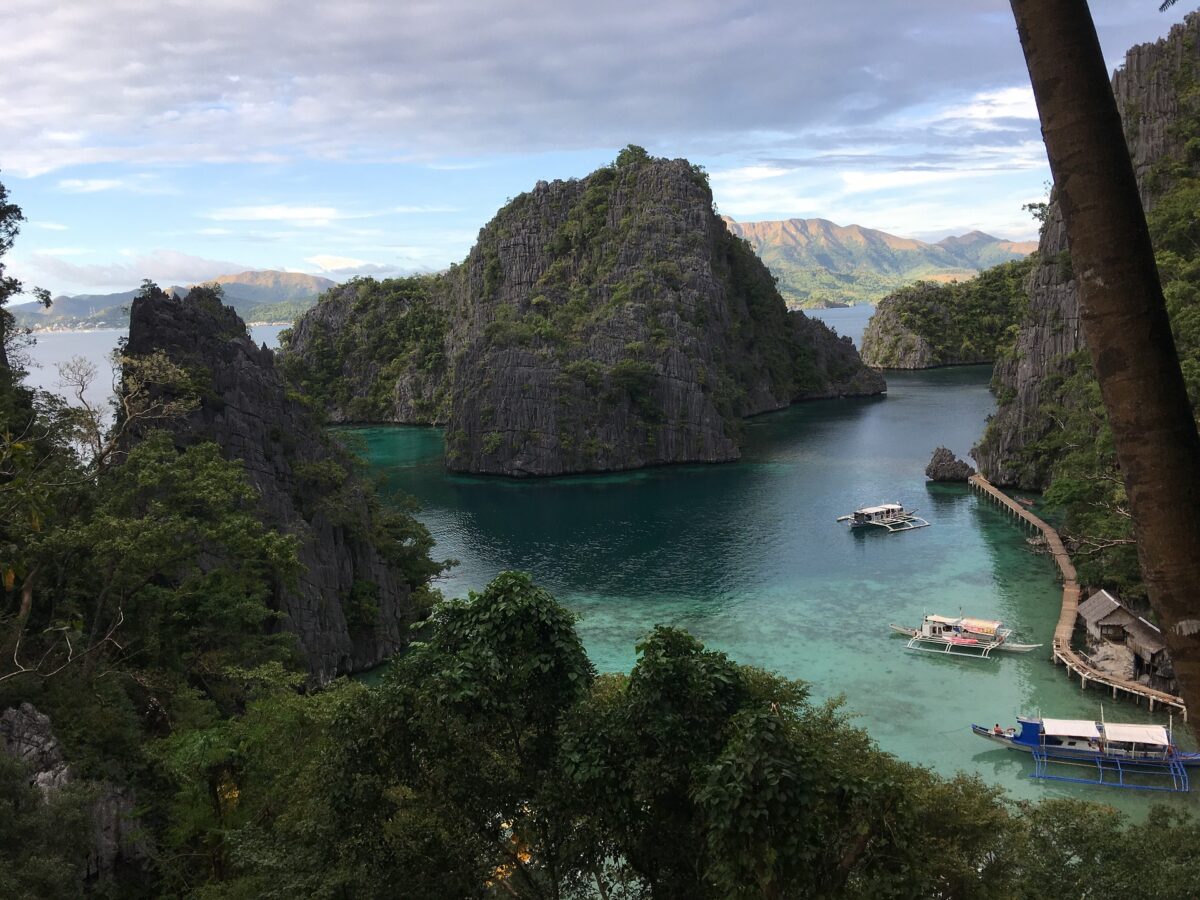From pv magazine Global
A perfect storm is brewing in the Philippines – comprising a combination of legislative reform and an extremely liberal market – making the country the most attractive of Southeast Asian nations for developing solar PV projects, Moritz Sticher, senior advisor of Berlin-based cleantech advisory company Apricum, told pv magazine.
“The Philippine market is the only liberal energy market in ASEAN and the only one with a spot market, the Wholesale Electricity Spot Market (WESM),” he said. “If you go to Thailand, it’s the Electricity Generating Authority of Thailand (EGAT); if you go to Vietnam, it’s Vietnam Electricity (ENV); if you go to Indonesia, it’s Perusahaan Listrik Negara (PLN) and so forth. These are state-run and align with the military mostly – sometimes not – but the degree of freedom to operate in this market is not there for private sector players, simply because of these monopolies.”
Recent changes to foreign ownership laws have positively impacted the market, Sticher said, leading to increased activity. “The limitation on foreign ownership in the Philippines for renewable energy assets was removed in December last year, which further spurred the growth in C&I,” he said.
The Philippines’ Department of Energy enforced changes to the Renewable Energy Act in December, removing rules around 100% Filipino ownership of certain renewable energy assets. “Mostly locals” are winning these new government tenders, Sticher said, with projects expected to be delivered next year.
However, obstacles remain, the analyst added, including a lack of government-built infrastructure. “Transmission lines don’t go [up] from one day to the other so there would be years, one or two years [before connection],” he said, warning if the government lagged on developing infrastructure it could lead to market “stagnation.” Sticher added that the Philippines’ archipelagic geography – it comprises 7,640 islands – poses another challenge, as the country lacks a ‘developed grid’ which makes it difficult to connect large-scale solar PV plants to the network.
Sticher also said the Philippines’ government regulatory framework surrounding C&I permits is not as complex compared to other ASEAN countries, such as Thailand, “and there seems to be no threat of limiting this segment through regulations, such as frequently seen in other ASEAN countries, mostly pursued by the respective state-owned utilities.”
Overall, he is confident that: “The Philippines in general is a place to do solar energy. If I were to develop a project right now, I would do a project in the Philippines.”
The comments come off the back of the Philippines’ first canal-top solar irrigation project coming online, as well as recent numerous plans to develop floating solar PV arrays in the region being trumpeted.
The Philippines aims to install 15 GW of clean energy by 2030, with a possible focus on mini-grids and standalone clean power systems due to the country’s archipelagic nature, according to a 2022 report by the International Renewable Energy Agency (IRENA).
This content is protected by copyright and may not be reused. If you want to cooperate with us and would like to reuse some of our content, please contact: editors@pv-magazine.com.








1 comment
By submitting this form you agree to pv magazine using your data for the purposes of publishing your comment.
Your personal data will only be disclosed or otherwise transmitted to third parties for the purposes of spam filtering or if this is necessary for technical maintenance of the website. Any other transfer to third parties will not take place unless this is justified on the basis of applicable data protection regulations or if pv magazine is legally obliged to do so.
You may revoke this consent at any time with effect for the future, in which case your personal data will be deleted immediately. Otherwise, your data will be deleted if pv magazine has processed your request or the purpose of data storage is fulfilled.
Further information on data privacy can be found in our Data Protection Policy.